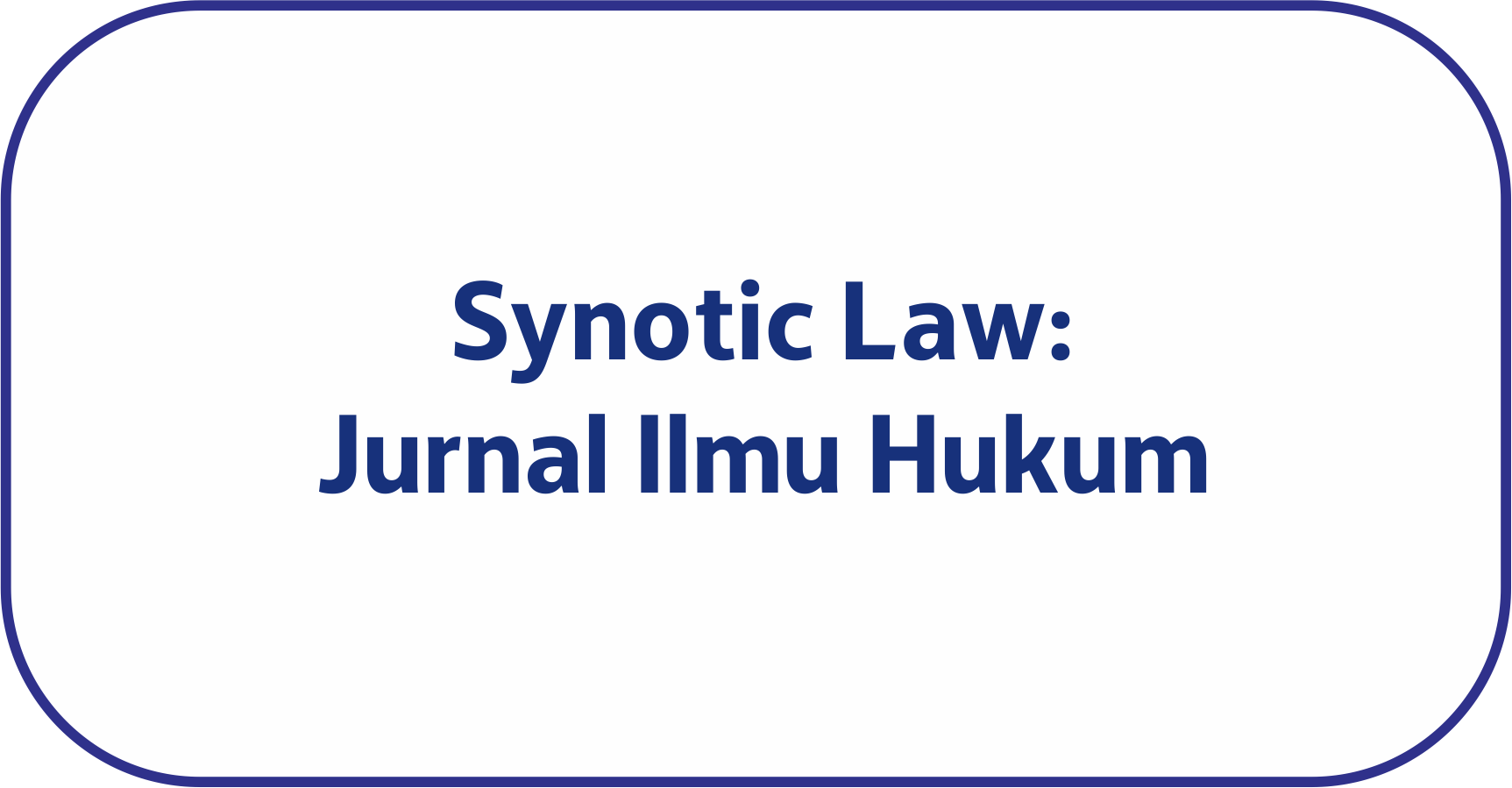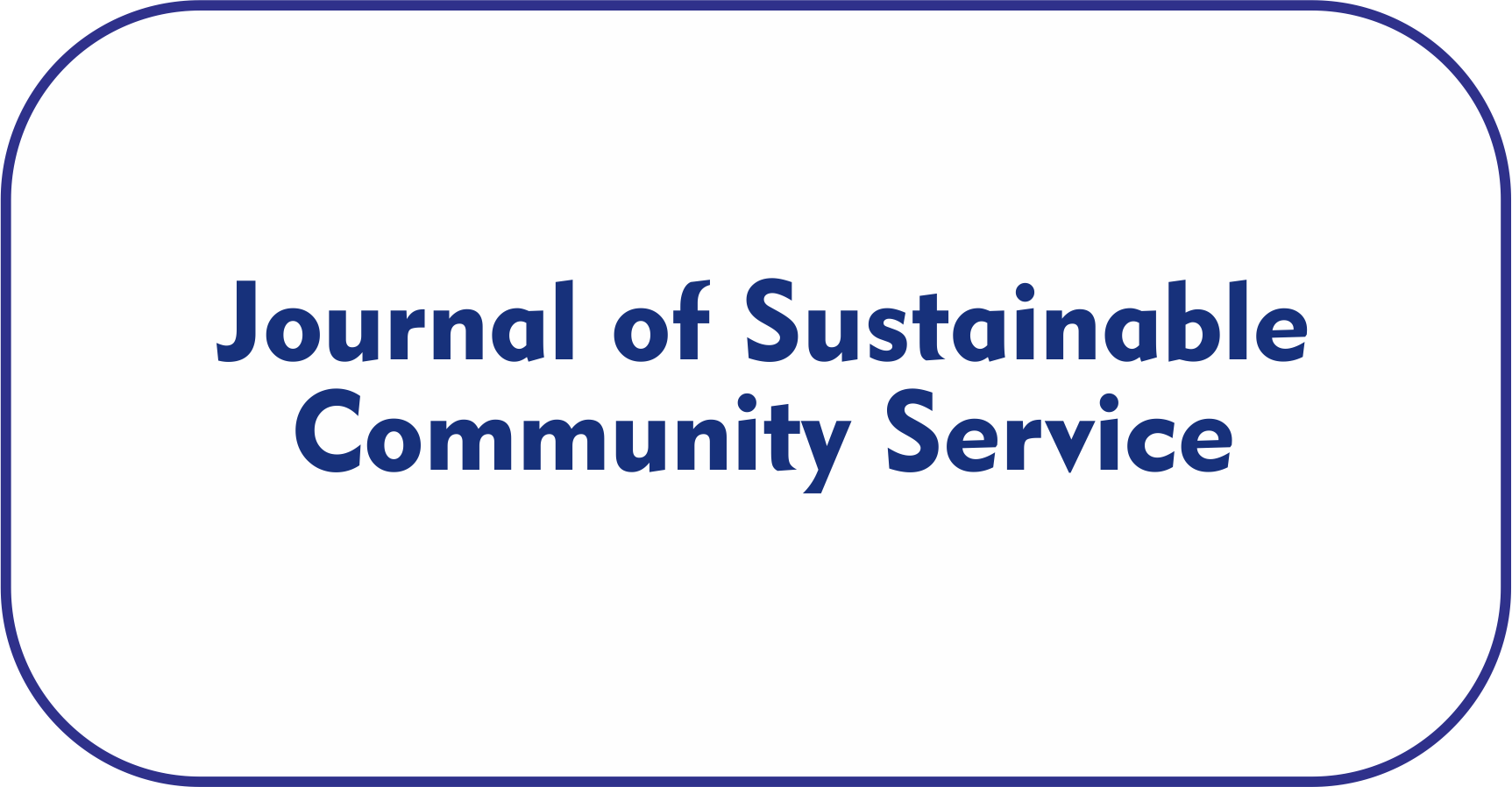Analysis of Inclusive Economic Growth in West Sumatra
Main Article Content
Dicky Rustam*
Nasri Bachtiar
This study aims to analyze the effect of inclusive economic growth in the regencies and cities of West Sumatra. The research utilizes panel data comprising a 5-year time series and a cross-section of 19 regencies and cities, resulting in a total of 95 observations. The dependent variable in this study is inclusive economic growth, while the independent variables include education, health, and government spending. The analytical method employed is panel data regression analysis. Based on the Chow test, Hausman test, and Lagrange Multiplier test, the best model selected is the Random Effect Model (REM). The classical assumption tests indicate that the data satisfy the requirements for normality and multicollinearity. The results of the panel data regression analysis reveal that education and health have a significant negative effect on inclusive economic growth, whereas government spending has a significant positive effect. These findings suggest that the government should focus on improving the quality of education and healthcare services and optimizing government spending to achieve inclusive economic growth. Such efforts should also aim to reduce poverty and income inequality.
Aponsah, J. (2023). The Role of Education Quality in Inclusive Economic Growth: Evidence from Developing Economies. Journal of Development Studies, 45(3).
Asian Development Bank. (2014). Framework of Inclusive Growth: Key Indicators for Asia and the Pacific. Asian Development Bank.
Azis, M., & Nugroho, R. (2020). Education and Workforce Development in Indonesia: Pathways to Inclusive Growth. Indonesian Economic Journal, 12(1).
Baltagi, B. H. (2008). Econometric analysis of panel data. Rohn Wiley.
Bloom, D. E., Canning, D., Kotschy, R., Prettner, K., & Schünemann, J. J. (2019). Health and economic growth: reconciling the micro and macro evidence. National Bureau of Economic Research.
Dabla-Norris, M. E., Ji, Y., Townsend, R., & Unsal, M. F. (2015). Identifying constraints to financial inclusion and their impact on GDP and inequality: A structural framework for policy. International Monetary Fund.
Greene, W. H. (2012). Econometric Analysis. Prentice Hall: Upper Saddle River, NJ.
Gujarati, D. N. (2009). BASIC ECONOMETRICS.
Hartati, Y. S. (2021). Analisis pertumbuhan ekonomi inklusif di Indonesia. Jurnal Ekonomi Dan Bisnis, 12(1), 79–92.
Iskandar, A. (2016). Pertumbuhan Inklusif di Provinsi Sulawesi Selatan dan Faktor-faktor yang Memengaruhinya (The Inclusive Growth in South Sulawesi and Its Determinants). Jurnal Bppk, 9.
Kharisma, H., & Rahayu, T. (2022). Government Expenditure and Inclusive Economic Growth in Indonesian Regions. Journal of Fiscal Policy and Development, 9(2).
Klasen, S. (2010). Measuring and monitoring inclusive growth: Multiple definitions, open questions, and some constructive proposals.
Kuncoro, M. (2013). Metode riset untuk bisnis dan ekonomi: Bagaimana meneliti dan menulis tesis.
Mellisa, A. (2021). The Impact of Fiscal Policies on Inclusive Growth: Lessons from Regional Governments in Indonesia. Asian Development Studies, 8(1).
Rajan, R. G., & Zingales, L. (2003). The great reversals: the politics of financial development in the twentieth century. Journal of Financial Economics, 69(1), 5–50.
Rauniyar, G., & Kanbur, R. (2010). Inclusive growth and inclusive development: A review and synthesis of Asian Development Bank literature. Journal of the Asia Pacific Economy, 15(4), 455–469.
Rauniyar, G. P., & Kanbur, R. (2010). Inclusive development: Two papers on conceptualization, application, and the ADB perspective.
Ravallion, M. (2004). Pro-poor growth: A primer. Available at SSRN 610283.
Stuart, E. (2011). Making Growth Inclusive: Some lessons from countries and the literature. Oxfam.
Viantiaraini, A., Haninun, H., & Riswan, R. (2024). Determination of Tax Avoidance Practices. JOURNAL OF MANAGEMENT, ACCOUNTING, GENERAL FINANCE AND INTERNATIONAL ECONOMIC ISSUES, 3(2), 566–581. https://doi.org/10.55047/marginal.v3i2.1076
Wooldridge, J. M. (2010). Econometric analysis of cross section and panel data. MIT press.











































